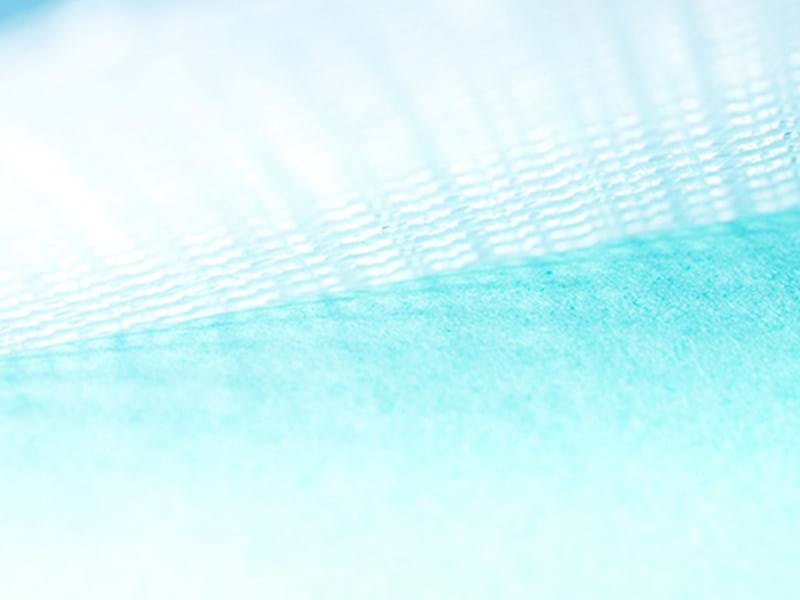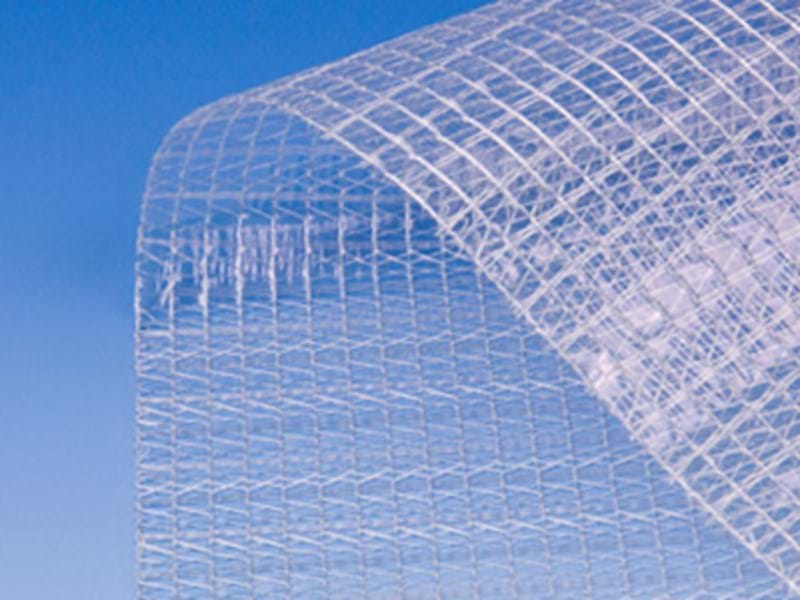"I'm not afraid to screen a lot with my double climate screens"
Together with his partner Aad Sonneveld, Arno Bross grows red peppers at their modern nursery, Wilgenbos. Raised in a family of horticulturalists, Arno has spent his entire working life in the greenhouse. His extensive experience is evident when he passionately talks about the cultivation and the climate in the greenhouse. He knows in detail how Luxous climate screens can optimally be used.
Kwekerij Wilgenbos nursery was built 10 years ago. The nursery's name is partly based on the setting of the former grounds– ‘wilgenbos’ means ‘willow forest.’ The whole nursery was equipped with 4000 lux assimilation lighting, to be earlier to the market than competing growers with a standard pepper crop grown without lighting.
In the autumn of 2014, a second screen was installed in the greenhouse, and the Luxous 1347 FR was already installed. Arno decided to go for the same type of climate screen, even for the second layer.
The main reason being the especially high light transmission and high energy savings. By March 2015, it was evident that the planned extra savings of 3 m3 gas per square meter had already been exceeded.
Screening guide: Energy Saving
Regulating the first screen follows the same strategy used in prior years. It's not unusual for the screen to remain closed for 24 hours on cloudy days during the first months of cultivation. However, regulating the second climate screen has been more of a learning process, says Arno.
“But thanks to the good humidity transmission of Luxous, multiple double screening hours can be achieved.”
To obtain an ideal setting for the plants, the screening hours are managed according to a specific temperature sequence over a twenty-four hour period. The opening and closing of the climate screens are directed to realize this temperature strategy.
Screening Guide: Temperature Regulation
“In addition to saving energy, the climate screens are also used to manage the cultivation,” explains Arno. If the humidity level is too high in the greenhouse, the screen is not opened. The deployed work method is to air above the closed climate screen or open the screen completely.
The costs of gas vary per season and sometimes even within a twenty-four hour period. As a grower, you have little control over this. With two climate screens, this dependence is reduced. After installing a second climate screen, gas costs have been further reduced, making it possible to regulate the gas consumption per hour over a twenty-four hour period by controlling when to open or close the screens.
“The high light transmission from the Luxous climate screens for use during the day is vital,” the grower concludes enthusiastically.


